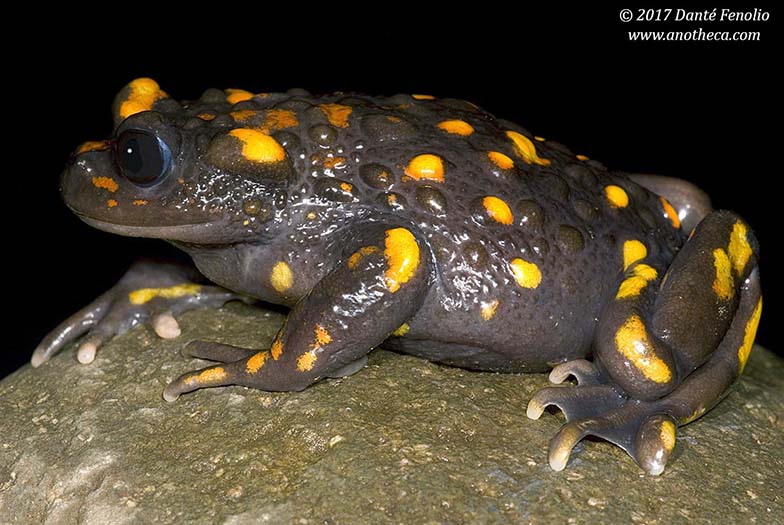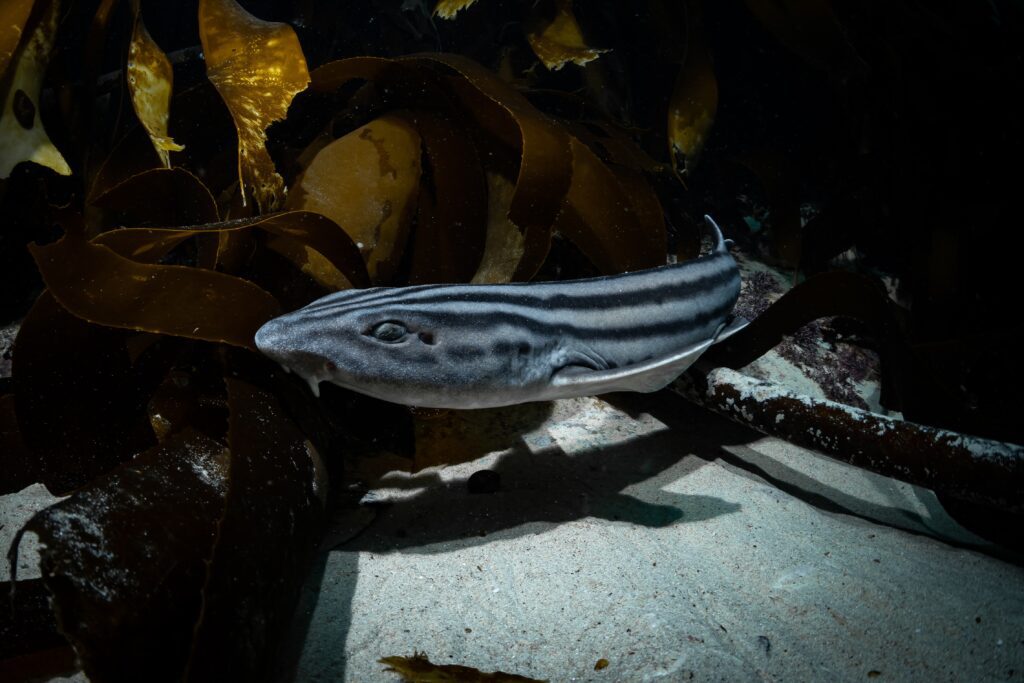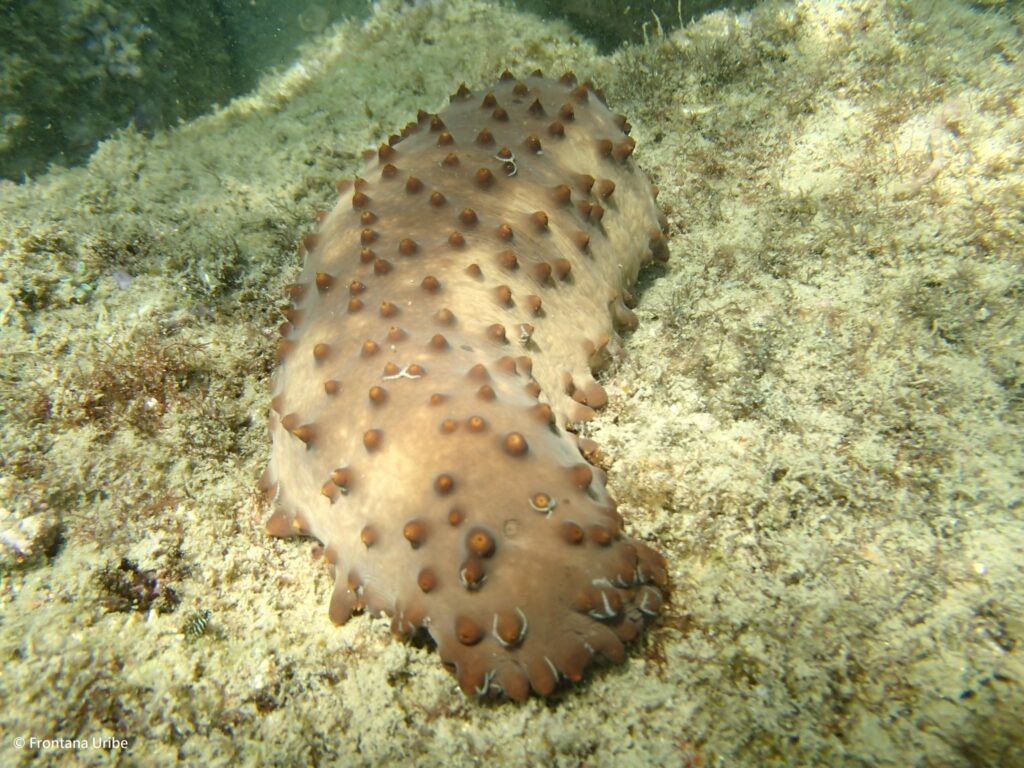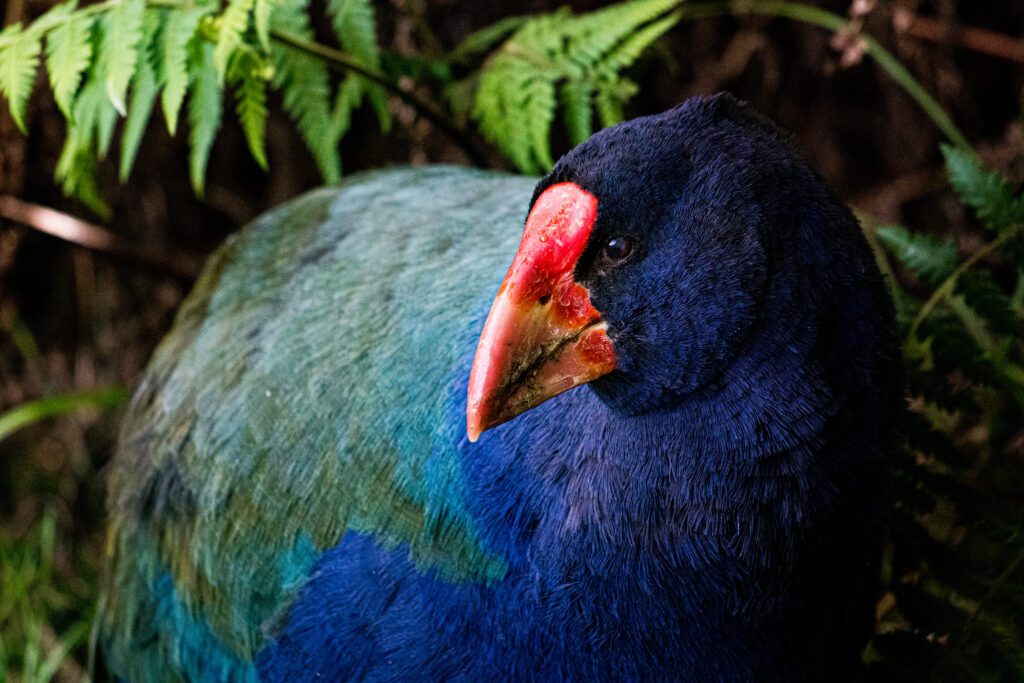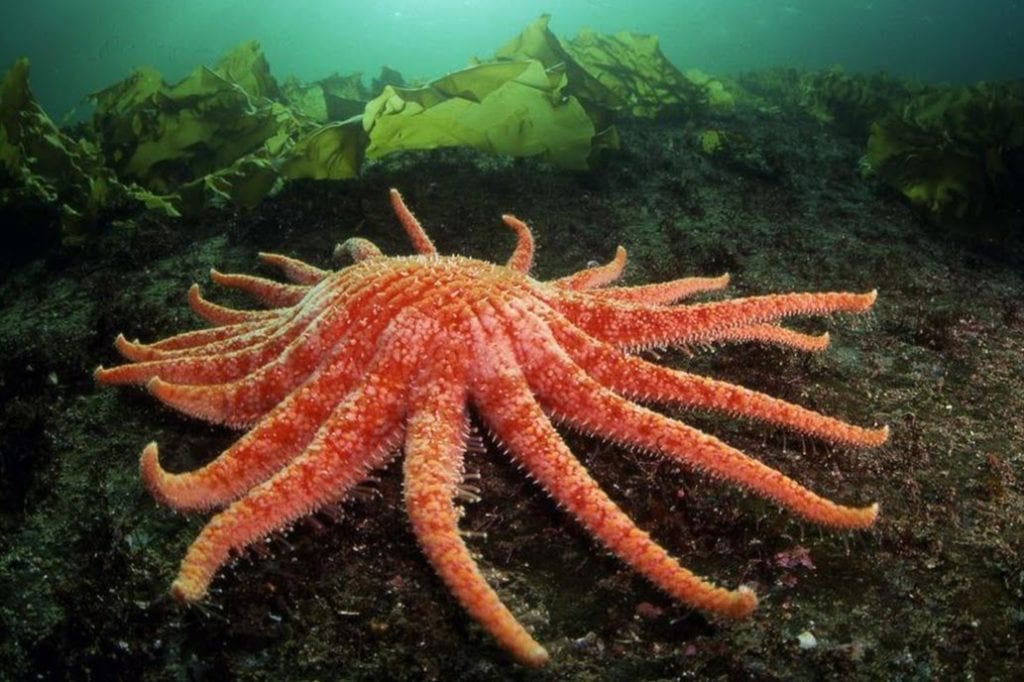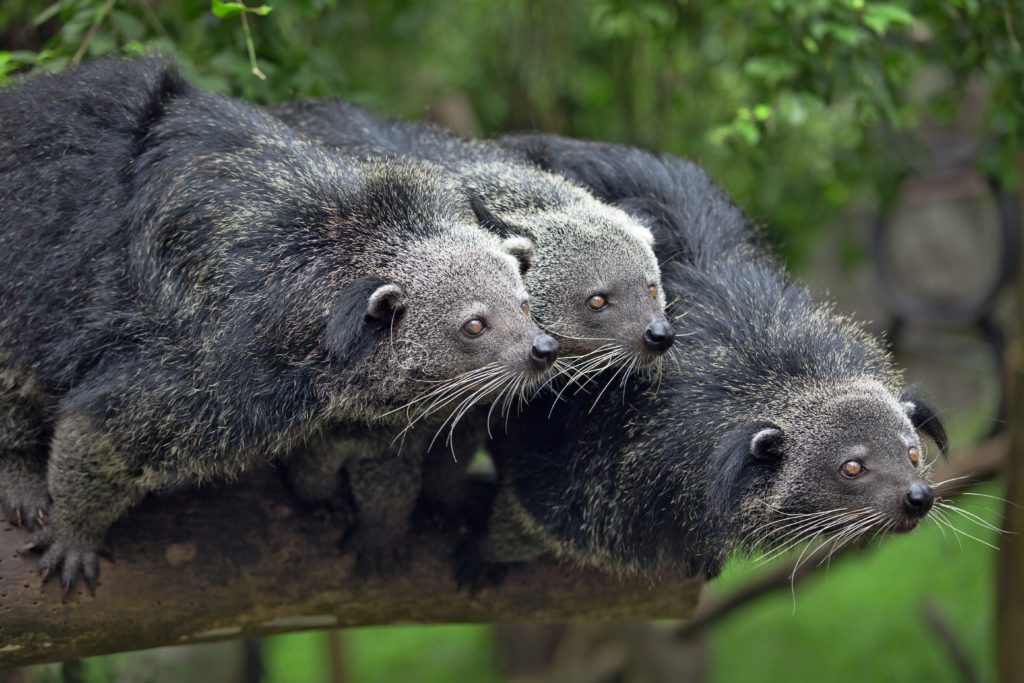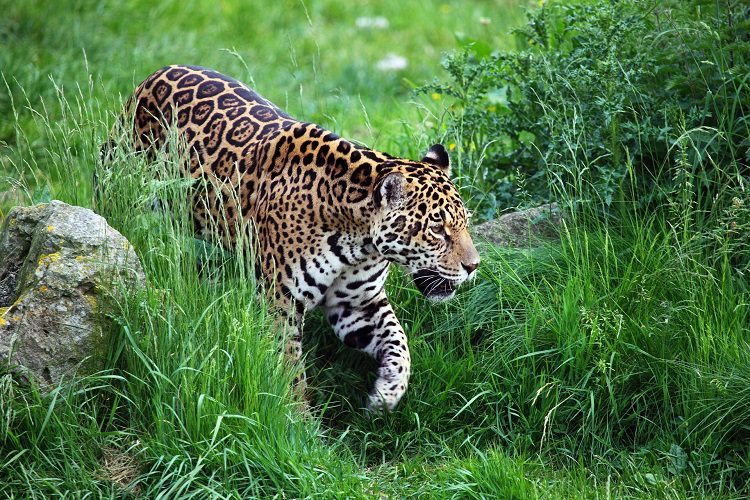Overharvesting of the brown sea cucumber (Isostichopus fuscus) in the Galápagos Islands led to a population collapse. This project aims to help recovery efforts by generating the first reference genome for the species and analyzing population structure.
The brown sea cucumber (Isostichopus fuscus) is the most commercially important sea cucumber in the Eastern Tropical Pacific, harvested in Ecuador and beyond to supply Asian markets. However, overfishing led to a population collapse and a listing of this species as endangered by the IUCN.
In collaboration with the Charles Darwin Foundation, this project will develop genomic resources for the brown sea cucumber in the Galápagos Islands, including assembling a reference genome and whole-genome resequencing of Galapagos populations in comparison with mainland South America populations.
Sea cucumbers are in the same family as sea stars and sea urchins and can measure up to 7 feet. Brown sea cucumbers have a smooth body dotted by warts and can grow to 2 feet. The animals operate as a vacuum on the sea floor, breaking down particles that become part of the ocean’s nutrient cycle.
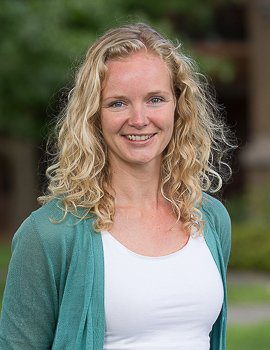
Principal Investigator: Dr. Nina Overgaard Therkildsen, Cornell University


